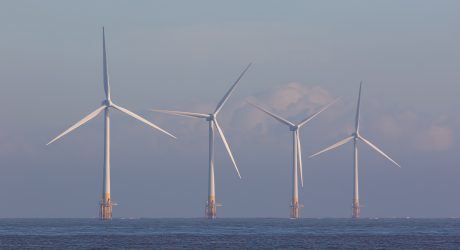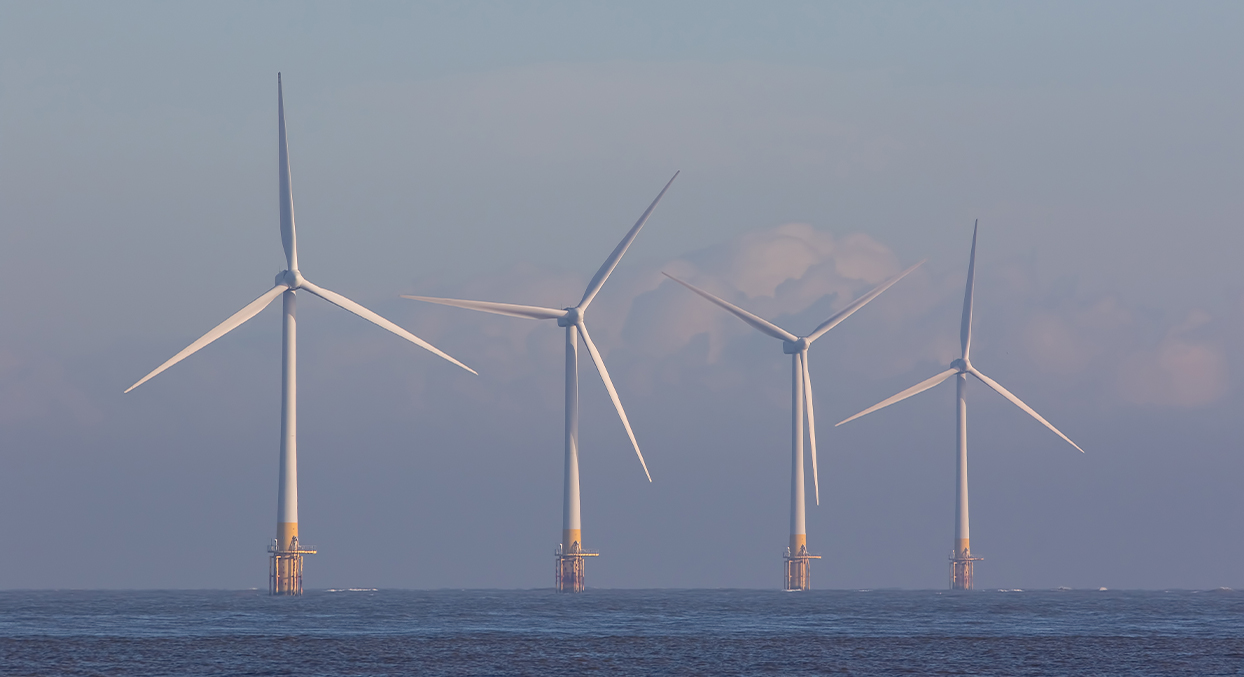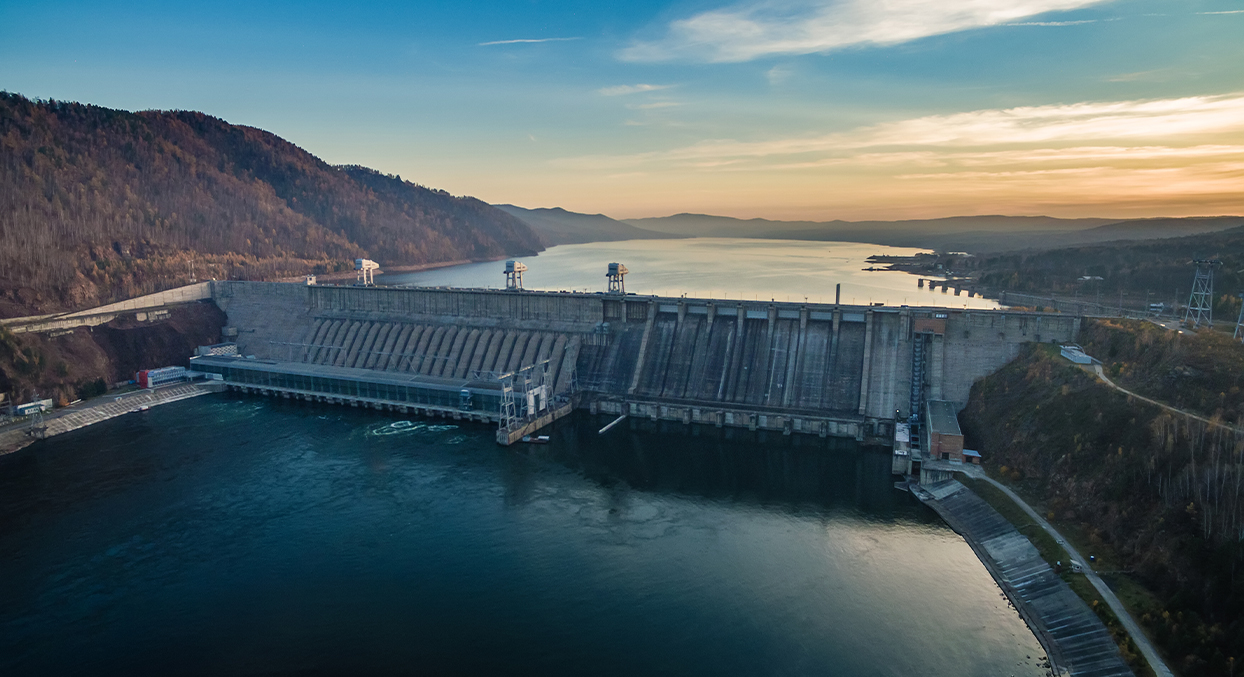The Upper Tribunal (Tax and Chancery Chamber) has issued its judgment in an appeal by four subsidiaries of Ørsted, a Danish energy company, and a cross-appeal by HMRC in relation to capital allowances claimed on expenditure relating to offshore windfarms.
While the Upper Tribunal has upheld the decision of the First-tier Tribunal in part, it has overturned certain findings on what constitutes qualifying expenditure, resulting in an overall loss for the taxpayers. This is the latest in a line of recent decisions on the interpretation and application of the capital allowances regime.
David Pickstone and Anastasia Nourescu consider the Upper Tribunal’s narrow approach to the availability of capital allowances and what this means for other taxpayers.
Background to the appeal
In Gunfleet Sands Limited and others v HMRC [2023] UKUT 260 (TCC), the Upper Tribunal considered whether expenditure claimed by the taxpayers on the fabrication and installation of wind turbines and electrical array cables was “qualifying expenditure” and could therefore benefit from capital allowances.
As set out in our previous article, expenditure qualifies for capital allowances if it is capital expenditure on the provision of plant and machinery wholly or partly for the purposes of a qualifying activity. For the purposes of establishing this, it is necessary to consider whether the items of plant in question should be considered individually or collectively as a single item of plant.
The taxpayers claimed almost £300m as capital allowances on the fabrication and installation of wind turbines, the electrical cables that connected the wind turbines and the array cables that further connected them to offshore substations. HMRC denied part of those claims (£48m) in relation to expenditure incurred on various studies that informed the conditions at the site, which impacted the design and installation of each windfarm. The taxpayers appealed HMRC’s decision to the FTT, which allowed some, but not all, of the expenditure. Both parties appealed the FTT’s decision to the Upper Tribunal.
After a hearing in June 2023, the Upper Tribunal issued its decision on 26 October 2023, upholding the FTT decision to some extent but allowing HMRC’s appeal on one crucial issue. In reaching its decision, the Upper Tribunal considered the FTT’s findings on three main issues:
- Was each windfarm or, alternatively, each wind turbine and each electrical cable a single item of plant?
- Was the expenditure qualifying expenditure?
- Did the expenditure qualify for relief as pre-trading revenue expenditure?
Single or multiple items of plant?
HMRC argued that each wind turbine and each array cable were single items of plant, whereas the taxpayers argued that the wind turbines and array way cables collectively were one item of plant.
The parties debated whether the test should be in terms of whether the items had a “distinct operational function” or were “directed towards a single purpose” (by reference to the decisions in IRC v Barclay Curle Co Ltd [1969] 1 WLR 675 (“Barclay Curle”) and Cole Brothers Ltd v Phillips [1980] STC 518). The Upper Tribunal concluded that there was little difference between these tests, and ultimately, the correct approach was to ascertain the facts and circumstances of each case. This is “a matter of fact, degree and impression” that cannot be encapsulated in a single test. The Upper Tribunal did not consider the FTT had erred in using the “directed towards a single purpose” test as part of its analysis. However, it had been wrong to consider that the test was a “hard and fast rule applicable in all circumstances”.
HMRC submitted that, even if the FTT started by focusing on operational purpose, it ended up wrongly adopting a single business purpose test. The Upper Tribunal rejected that suggestion as “the FTT’s starting point was the various components, and the single purpose in question was disclosed by that functional analysis”.
The Upper Tribunal therefore upheld the FTT’s finding that the wind turbines and array cables at each windfarm comprised a single item of plant. However, the FTT’s finding that each windfarm was an item of plant was overturned, as neither party had made that submission.
Qualifying expenditure
The FTT had held that some of the items of expenditure claimed by the taxpayers qualified for capital allowances, including environmental impact studies, geotechnical and engineering studies and project management costs, as they related to the design and safe and effective installation of the windfarms without which they could not operate.
The Upper Tribunal found that the FTT had erred in its application of the test as to what constitutes expenditure “on the provision of plant”. Drawing on principles arising from Barclay Curle and Ben Odeco Ltd v Powlson (HMIT) [1978] 1 WLR 1093, it held that the test for deciding whether expenditure qualifies for capital allowances is not whether it is necessary in order for the plant to be provided. The test must focus on the effect of incurring the expenditure: is it on the provision of plant or on something else? This is a strict and narrow test.
The Upper Tribunal concluded that the design and safe, effective installation of plant do not constitute the provision of plant. On that basis, expenditure on the environmental impact and other technical studies was not incurred “on the provision of plant”. Those studies fed into the design and installation, so were inputs into the design and installation of the windfarms rather than on the provision of the windfarms. The Upper Tribunal therefore disallowed expenditure on most of the studies but allowed it on project management and “preliminaries” (ie the costs of negotiating manufacturing contracts and overseeing the fabrication of the components).
Pre-trading revenue expenditure
Finally, the taxpayers argued that non-qualifying expenditure qualified for relief as pre-trading revenue expenditure under section 61 of the Corporation Tax Act 2009. The relief allows expenses incurred for the purposes of the trade incurred up to seven years before the start date to be deducted if, in calculating the profits of the trade, they could have been deducted if they had been incurred at the start of the trade. However, no deduction is available for “items of a capital nature”.
The Upper Tribunal upheld the FTT’s decision that the relief was not available on the items in question. The fact that expenditure was not incurred “on the provision of plant and machinery” did not mean it was revenue in nature. In this case, the expenditure was capital in nature and was excluded from the relief.
Wider impact
This was an overall loss for the taxpayers. While the Upper Tribunal upheld the FTT’s decision that the wind turbines and array cables constituted single items of plant, it overturned the FTT’s favourable findings on the expenditure that qualified for capital allowances. As a result, only project management costs and “preliminaries” were allowable. The very narrow interpretation of the words “on the provision of plant” will impact a wide range of operators in and outside the energy industry who may not be able to recover expenditure incurred in relation to the design and safe installation of various items of plant.
This is a harsh result that comes at an already challenging time for Ørsted, given the uncertain status of the Hornsea 3 project in the UK, its difficulties in other markets such as the US, and the ensuing drop in its share price. We may well see an appeal to the Court of Appeal given the amounts at stake and the impact on other projects.
HMRC’s increasing focus on capital allowances and tax reliefs more generally will no doubt put pressure on energy operators in addition to the wider struggles the offshore windfarm industry is facing, including rising costs, higher interest rates and supply chain issues. At the same time, there is significant government and public pressure to build more windfarms as part of the clean energy transition. It will be interesting to see how this balance is struck.
You can find further information regarding our expertise, experience and team on our Tax Litigation and Resolution page.
If you require assistance from our team, please contact us.
Subscribe – In order to receive our news straight to your inbox, subscribe here. Our newsletters are sent no more than once a month.






